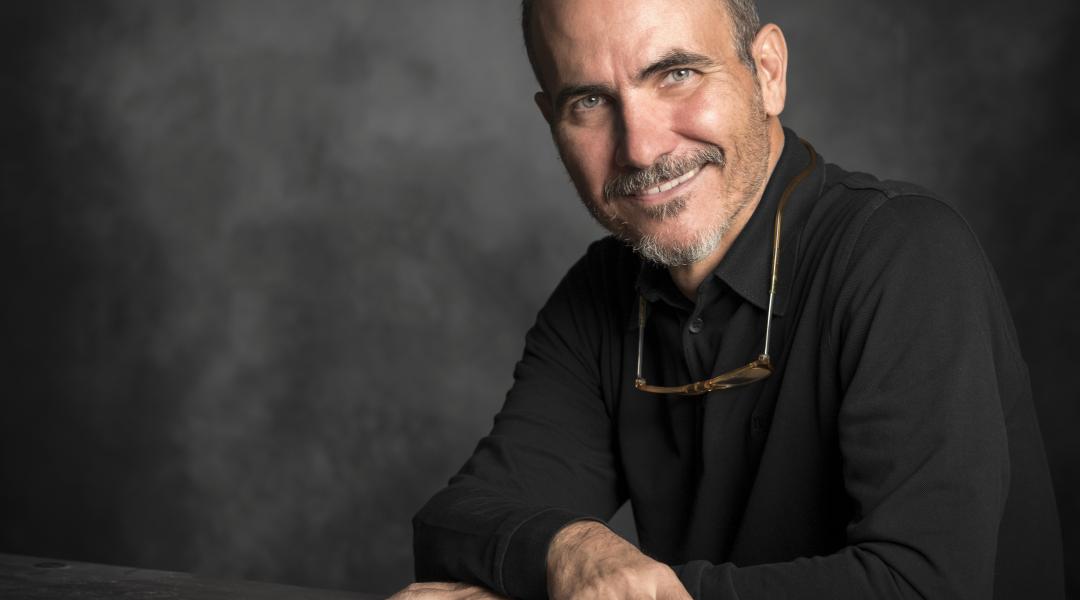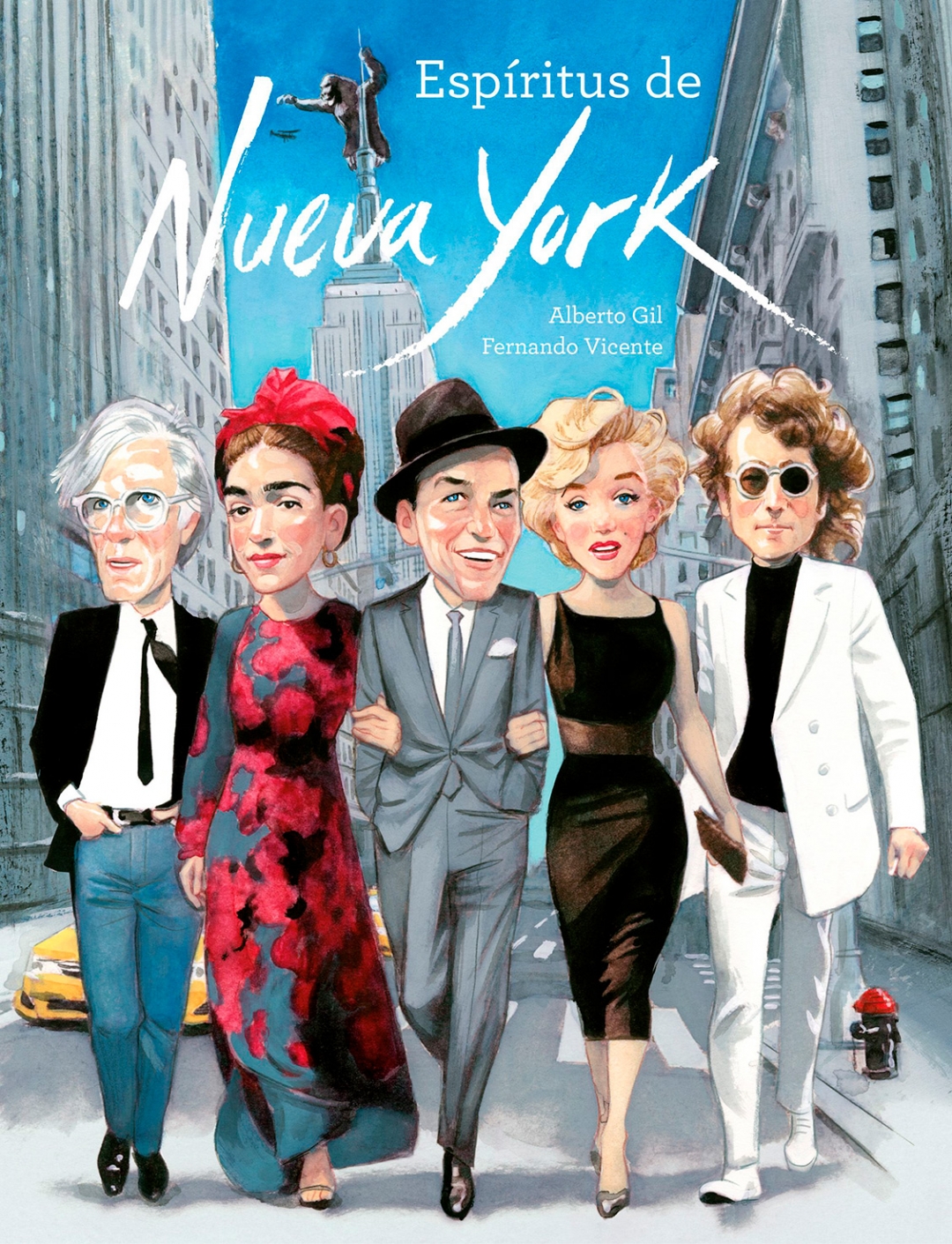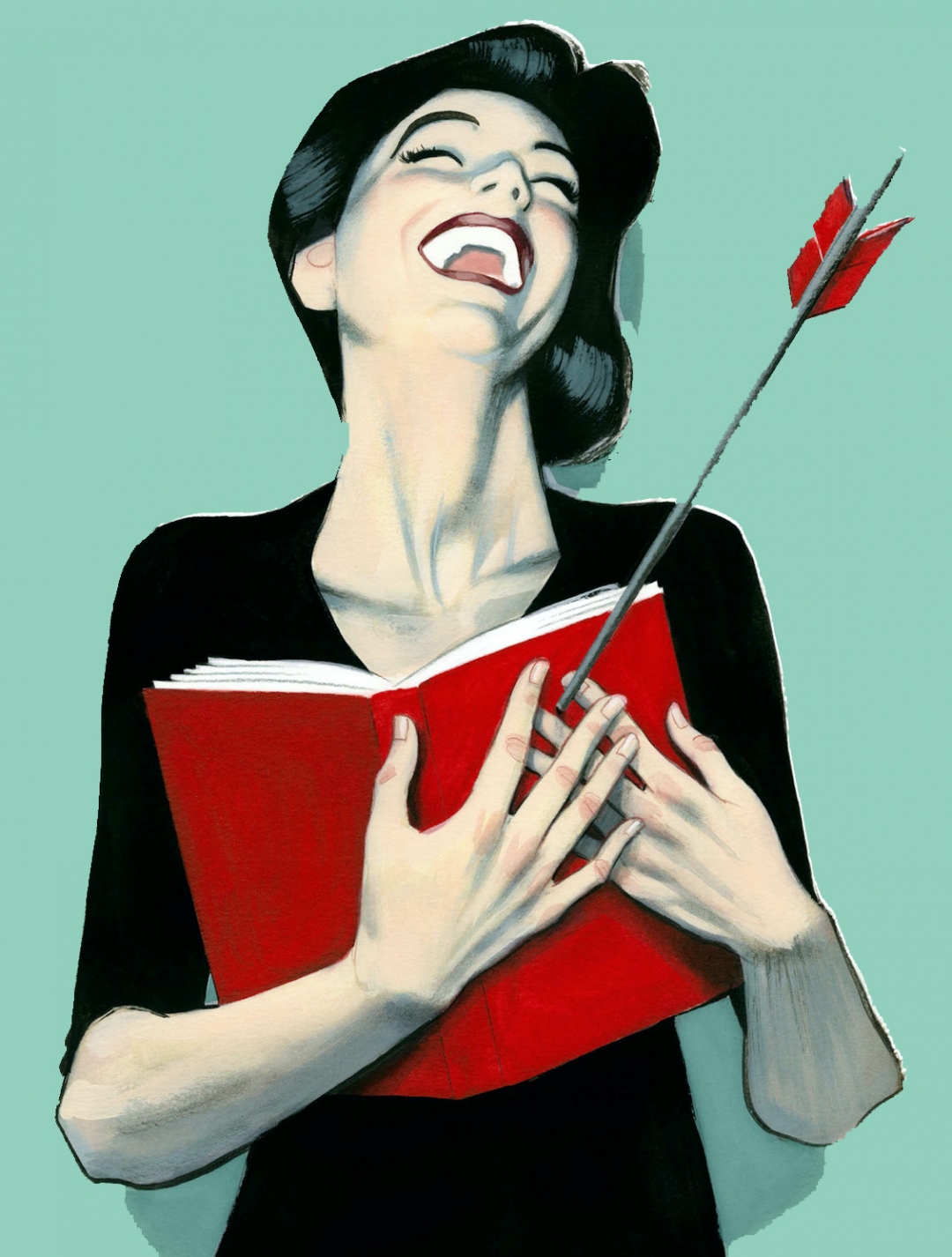Fernando Vicente
“Ideas are More Important than Skill”

Madrid illustrator Fernando Vicente is a household name in Spanish illustration, with a career spanning several decades. Winner of three Awards of Excellence from the Society for News Design, his latest effort is a tribute to New York City through some of the icons that are part of our collective imagination when it comes to The Big Apple.
Perhaps one of the best accolades an artist can receive is to say that his style is unmistakable, instantly recognisable, as if each of his works were watermarked with his name and surname. Fernando Vicente (Madrid, 1963) has been creating his stylish works for over three decades: from his beginnings in the unprejudiced 1980s, in publications like La Luna de Madrid, to the dawn of the happy twenties of the 21st century. His most recent production is the book New York Spirits (Lunwerg), with text by Alberto Gil, which evokes the links 25 universal personalities have with certain places in an extraordinary city that is also a metaphor for the world.
Your personal style means your illustrations are quickly attributed to you. What would you say is the hallmark of your work?
I don't know, really. I try to make it elegant and I think that’s the result of many years of work.
What word defines you better? Painter, illustrator, caricaturist, artist?
Ever since I was a kid, I wanted to be a painter, but I make a living with illustration, and I love the word draughtsman.
Do you come from an artistic family?
Yes, art comes quite naturally for people in my family, it’s comparable to someone having an ear for music. My sisters draw and my mother started painting when she was 70 years old; we were all blown away.
There are many online “learn to draw” courses these days. Were you born with the gift? Do you think you can learn the craft, even if you don't have an innate ability?
Having an innate ability helps, sure, but everything can be learned. In fact, having ideas and something to say is more important than skill.
You have just published the book New York Spirits (Lunwerg). What does this work represent?
It's a trip to New York in the company of 25 legendary characters. I find the range of personalities that Alberto Gil has chosen very interesting. There are all kinds of people: writers like Arthur Conan Doyle, Carson McCullers, Kerouac, and Lorca; musicians like Miles Davis, Jimi Hendrix, or Leonard Cohen; actors and actresses like Marilyn Monroe, James Dean, and Humphrey Bogart; painters like Andy Warhol and Frida Kahlo… It’s a journey through the city over the course of almost two centuries.

Illustrated cover of 'New York Spirits', by Fernando Vicente and Alberto Gil
Which character you have illustrated do you find the most interesting?
Personally, I like Frank Sinatra, Poe, and Whitman very much. I think that there are figures that are not the main characters of the book, who were floating around, which also allowed me to draw them, like Lou Reed, the Ramones or Audrey Hepburn.
Looking back, what do you think about the Movida, the cultural movement that emerged in Madrid in the 80s, when many people began to follow your work?
It was a very special time, because I was starting and learning at the same time. I have fond memories of that era, and some very good friends still who I met during those days.
You’ve done a lot of work for different publications, illustrating an infinite number of magazines, newspapers, and book covers. Are you a reader?
Yes, I’m very interested in books and everything that happens around them. I think that, without wanting to, I’ve managed to focus my work on the publishing world, be it caricatures of writers, book illustrations, book fair posters, etc.
How did you start in the art world?
As I said, I’ve been drawing since I was a child; my parents are very fond of painting. The whole family used to pay a lot of visits to the Prado Museum.
Is that the museum you still visit the most often?
Yes, in fact I recently subscribed to their Friends program so I don’t have to queue anymore. Another place I like a lot is the Sorolla Museum.

Illustrations from 'New York Spirits' (Lunwerg), by Fernando Vicente
Which techniques do you feel most comfortable with? Do you use software?
No, I always work with acrylic; on paper when I’m doing an illustration, and on canvas when it’s a painting.
When you are commissioned a job, do you accept instructions or impositions and adapt to the client's requirements?
It depends: if it’s an advertisement, I understand that the idea is from the agency and they want me to draw it, but I do the rest of my work with complete freedom, whether it be press, picture books, or posters.
What are your main sources of inspiration?
I suppose other illustrators of my generation, things I read, cinema, my travels. And of course, people I admire.

Illustration by Fernando Vicente for the poster for the Madrid Book Fair 2015. © Courtesy of the artist
What level would you say Spanish illustration is at right now, globally?
The level is very high. We’re living a great moment in illustration in this country, and people abroad are taking note. Many Spanish illustrators work abroad because it’s very easy nowadays.
What new Spanish talents or disciples would you highlight in the world of illustration?
I don’t think I have any disciples, but I like a lot of young people like, for example, David de las Heras.
Are you preparing a new exhibition? What projects do you have in progress?
I’m currently finishing a Sherlock Holmes book, the one Conan Doyle book I hadn’t done yet. I also want to exhibit the drawings from the New York book soon.



